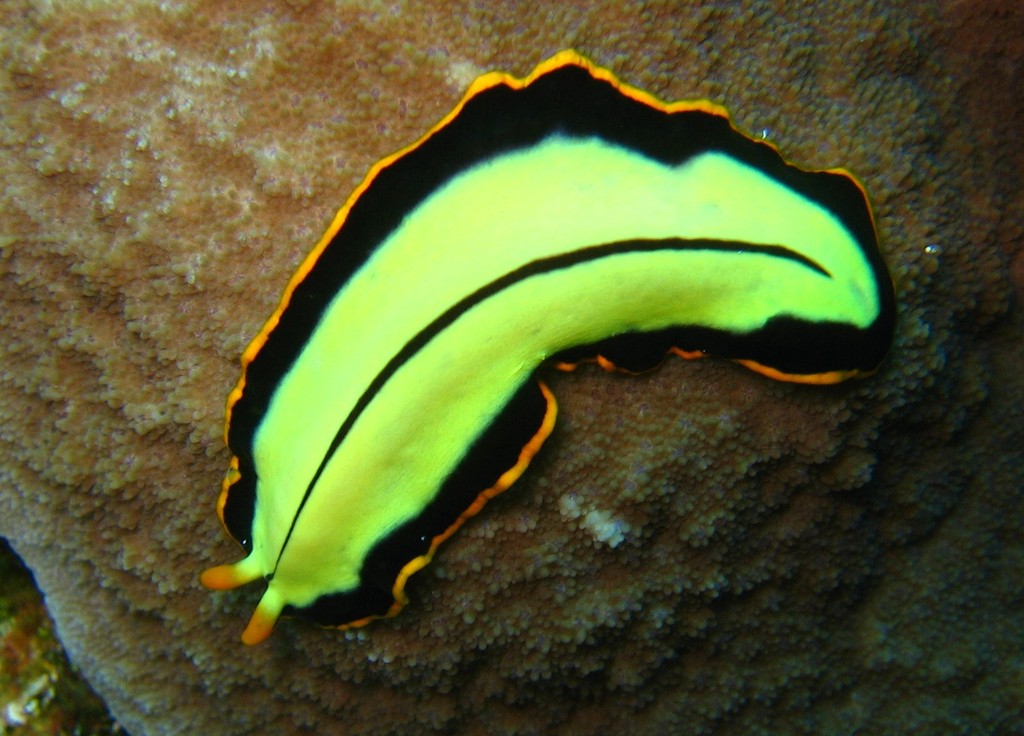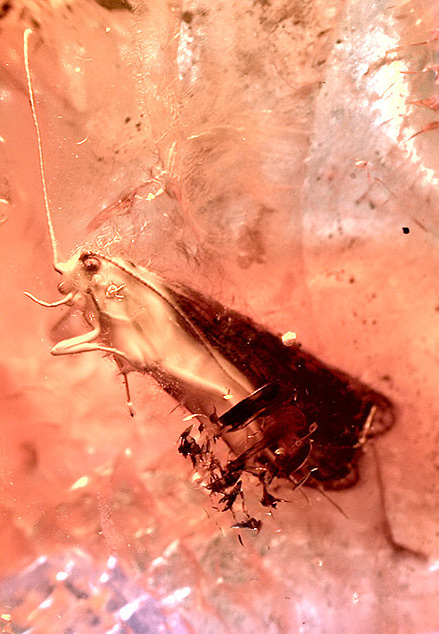|
Krassach (River)
The Krassach is a left tributary of the Weismain about 7 kilometers long, which flows into the Main near Altenkunstadt in Upper Franconia. Geography Source The Krassach spring lies in the middle of the Bärental, about 300 meters south of the Herbstmühle. It emerges as a stratified spring, formed by several small springs merging directly at the foot of the eastern slope of the Bärental. Among its sources, the spring is fed by a small underground stream that initially vanishes as a stream bend in the rear section of the Bärental. Just after the spring, a small weir splits the stream into its natural course and the Mühlbach (mill stream) leading to the Herbstmühle (Herbst mill). According to ancient tales, the spring used to surface further upstream from its present location. History and description From its source,Böhm (2000), pp. 11 the Krassach meanders through the Bärental, maintaining its natural flow, although some straightened sections exist. The Mühlbach (mi ... [...More Info...] [...Related Items...] OR: [Wikipedia] [Google] [Baidu] |
Germany
Germany, officially the Federal Republic of Germany, is a country in Central Europe. It lies between the Baltic Sea and the North Sea to the north and the Alps to the south. Its sixteen States of Germany, constituent states have a total population of over 84 million in an area of , making it the most populous member state of the European Union. It borders Denmark to the north, Poland and the Czech Republic to the east, Austria and Switzerland to the south, and France, Luxembourg, Belgium, and the Netherlands to the west. The Capital of Germany, nation's capital and List of cities in Germany by population, most populous city is Berlin and its main financial centre is Frankfurt; the largest urban area is the Ruhr. Settlement in the territory of modern Germany began in the Lower Paleolithic, with various tribes inhabiting it from the Neolithic onward, chiefly the Celts. Various Germanic peoples, Germanic tribes have inhabited the northern parts of modern Germany since classical ... [...More Info...] [...Related Items...] OR: [Wikipedia] [Google] [Baidu] |
Alluvial Forest
A riparian forest or riparian woodland is a forested or wooded area of land adjacent to a body of water such as a river, stream, pond, lake, marshland, estuary, canal, sink, or reservoir. Due to the broad nature of the definition, riparian woodlands have a huge diversity of characteristics including but not limited to soil composition, microclimates, and vegetative structures. However, among the varied range and landscapes, one factor stays constant: a high rate of primary productivity. This makes riparian forests hugely important centers of nutrient recycling. Etymology The term riparian comes from the Latin word ''ripa'', 'river bank'; technically it refers only to areas adjacent to flowing bodies of water such as rivers, streams, sloughs and estuaries. However, the terms ''riparian forest'' and ''riparian zone'' have come to include areas adjacent to non-flowing bodies of water such as ponds, lakes, playas and reservoirs. Characteristics Riparian forests are subject to f ... [...More Info...] [...Related Items...] OR: [Wikipedia] [Google] [Baidu] |
Damselflies
Damselflies are flying insects of the suborder Zygoptera in the order Odonata. They are similar to dragonflies (which constitute the other odonatan suborder, Epiprocta) but are usually smaller and have slimmer bodies. Most species fold the wings along the body when at rest, unlike dragonflies which hold the wings flat and away from the body. Damselflies have existed since the Late Jurassic, and are found on every continent except Antarctica. All damselflies are predatory insects: both nymphs and adults actively hunt and eat other insects. The nymphs are aquatic, with different species living in a variety of freshwater habitats including acidic bogs, ponds, lakes and rivers. The nymphs moult repeatedly, at the last moult climbing out of the water to undergo metamorphosis. The skin splits down the back, they emerge and inflate their wings and abdomen to gain their adult form. Their presence on a body of water indicates that it is relatively unpolluted, but their dependence on ... [...More Info...] [...Related Items...] OR: [Wikipedia] [Google] [Baidu] |
Fire Salamander
The fire salamander (''Salamandra salamandra'') is a common species of salamander found in Europe. It is black with yellow spots or stripes to a varying degree; some specimens can be nearly completely black while on others the yellow is dominant. Shades of red and orange may sometimes appear, either replacing or mixing with the yellow according to subspecies. This bright coloration is highly conspicuous and acts to deter predators by signalling theory#Honest signals, honest signalling of its toxicity (aposematism). Fire salamanders can have a very long lifespan; one specimen lived for more than 50 years in Museum Koenig, a German natural history museum. Despite its wide distribution and abundance, it is classified as Vulnerable species, Vulnerable on the IUCN Red List due to its susceptibility to infection by the introduced fungus ''Batrachochytrium salamandrivorans'', which has caused severe declines in fire salamanders in parts of its range. Taxonomy Several subspecies ... [...More Info...] [...Related Items...] OR: [Wikipedia] [Google] [Baidu] |
Turbellaria
The Turbellaria are one of the traditional sub-divisions of the phylum Platyhelminthes (flatworms), and include all the sub-groups that are not exclusively parasitic. There are about 4,500 species, which range from to large freshwater forms more than long or terrestrial species like '' Bipalium kewense'' which can reach in length. All the larger forms are flat with ribbon-like or leaf-like shapes, since their lack of respiratory and circulatory systems means that they have to rely on diffusion for internal transport of metabolites. However, many of the smaller forms are round in cross section. Most are predators, and all live in water or in moist terrestrial environments. Most forms reproduce sexually and with few exceptions all are simultaneous hermaphrodites. The Acoelomorpha and the genus '' Xenoturbella'' were formerly included in the Turbellaria, but are no longer regarded as Platyhelminthes. All the exclusively parasitic Platyhelminthes form a monophyletic group N ... [...More Info...] [...Related Items...] OR: [Wikipedia] [Google] [Baidu] |
Gammarus Fossarum
''Gammarus fossarum'' is a species complex of freshwater amphipod crustacean native to Europe. They are abundant members of the macroinvertebrate community, and also used as model organisms for ecotoxicology. Description ''Gammarus fossarum'' go through nine or ten moults of their exoskeleton before reaching sexual maturity; weighing just 0.1 mg at birth, by adulthood they have a wet weight of 5 to 7 mg. Adult ''G. fossarum'' are between 4.5 and 10 mm in length, and weigh up to 41 (females) to 61 (males) mg wet weight. Distribution ''Gammarus fossarum'' are widely distributed throughout central and southeastern Europe. They are found in France, Italy, Germany, Switzerland, Austria, Slovenia, Serbia, the Netherlands, Belgium, Hungary, Croatia, Albania, Bulgaria, and Bosnia and Herzegovina. It was previously thought to be a single species based on morphological characteristics, however genetic and genomic research has revealed additional diversity within ''G. ... [...More Info...] [...Related Items...] OR: [Wikipedia] [Google] [Baidu] |
Caddisfly
The caddisflies (order Trichoptera) are a group of insects with aquatic larvae and terrestrial adults. There are approximately 14,500 described species, most of which can be divided into the suborders Integripalpia and Annulipalpia on the basis of the adult mouthparts. Integripalpian larvae construct a portable casing to protect themselves as they move around looking for food, while annulipalpian larvae make themselves a fixed retreat in which they remain, waiting for food to come to them. The affinities of the small third suborder Spicipalpia are unclear, and Molecular phylogenetics, molecular analysis suggests it may not be monophyletic. Also called sedge-flies or rail-flies, the adults are small moth-like insects with two pairs of hairy membranous insect wing, wings. They are closely related to the Lepidoptera (moths and butterflies) which have scales on their wings; the two orders together form the superorder Amphiesmenoptera. The aquatic larvae are found in a wide variety o ... [...More Info...] [...Related Items...] OR: [Wikipedia] [Google] [Baidu] |
Anisoptera
A dragonfly is a flying insect belonging to the infraorder Anisoptera below the order Odonata. About 3,000 extant species of dragonflies are known. Most are tropical, with fewer species in temperate regions. Loss of wetland habitat threatens dragonfly populations around the world. Adult dragonflies are characterised by a pair of large, multifaceted, compound eyes, two pairs of strong, transparent wings, sometimes with coloured patches, and an elongated body. Many dragonflies have brilliant iridescent or metallic colours produced by structural coloration, making them conspicuous in flight. An adult dragonfly's compound eyes have nearly 24,000 ommatidia each. Dragonflies can be mistaken for the closely related damselflies, which make up the other odonatan infraorder ( Zygoptera) and are similar in body plan, though usually lighter in build; however, the wings of most dragonflies are held flat and away from the body, while damselflies hold their wings folded at rest, along or ... [...More Info...] [...Related Items...] OR: [Wikipedia] [Google] [Baidu] |
Plecoptera
Plecoptera is an order (biology), order of insects commonly known as stoneflies. Some 3,500 species are described worldwide, with new species still being discovered. Stoneflies are found worldwide, except Antarctica. Stoneflies are believed to be one of the most primitive groups of Neoptera, with close relatives identified from the Carboniferous and Lower Permian geological periods, while true stoneflies are known from fossils only a bit younger. Their modern diversity, however, apparently is of Mesozoic origin. Plecoptera are found in both the Southern hemisphere, Southern and Northern Hemispheres, and the populations are quite distinct, although the evolutionary evidence suggests species may have crossed the equator on a number of occasions before once again becoming geographically isolated. All species of Plecoptera are intolerant of water pollution, and the presence of their nymph (biology), nymphs in a stream or still water is usually an indicator of good or excellent water ... [...More Info...] [...Related Items...] OR: [Wikipedia] [Google] [Baidu] |
Brown Trout
The brown trout (''Salmo trutta'') is a species of salmonid ray-finned fish and the most widely distributed species of the genus ''Salmo'', endemic to most of Europe, West Asia and parts of North Africa, and has been widely introduced globally as a game fish, even becoming one of the world's worst invasive species outside of its native range. Brown trout are highly adaptable and have evolved numerous ecotypes/subspecies. These include three main ecotypes: a riverine ecotype called river trout or ''Salmo trutta'' morpha ''fario''; a lacustrine ecotype or ''S. trutta'' morpha ''lacustris'', also called the lake trout (not to be confused with the lake trout in North America); and anadromous populations known as the sea trout or ''S. trutta'' morpha ''trutta'', which upon adulthood migrate downstream to the oceans for much of its life and only returns to fresh water to spawn in the gravel beds of headstreams. Sea trout in Ireland and Great Britain have many regional names: ... [...More Info...] [...Related Items...] OR: [Wikipedia] [Google] [Baidu] |



